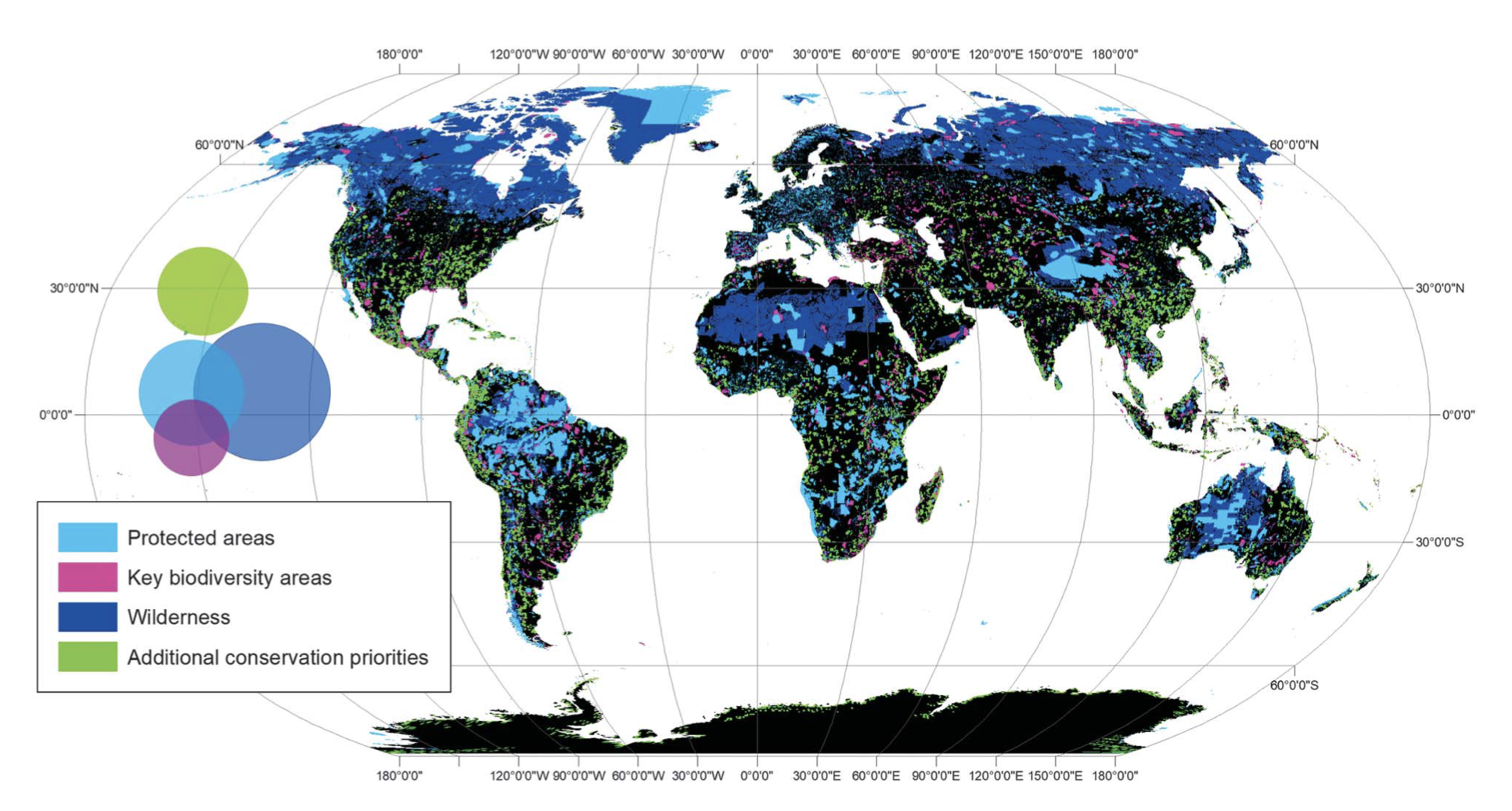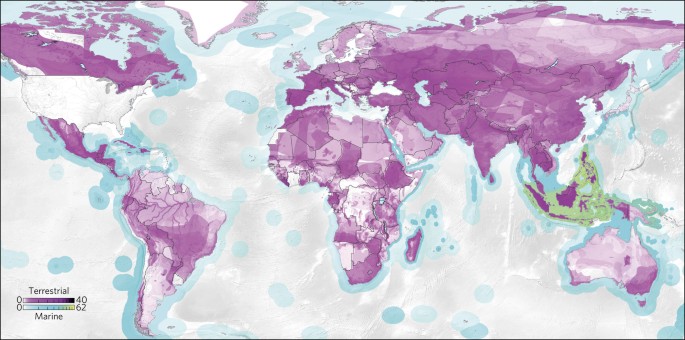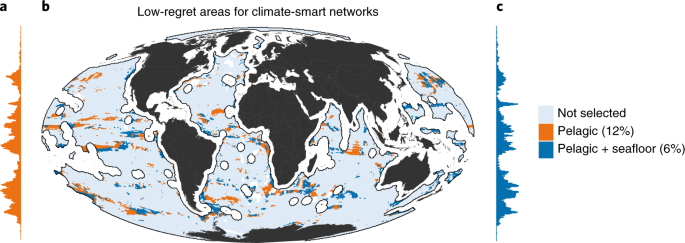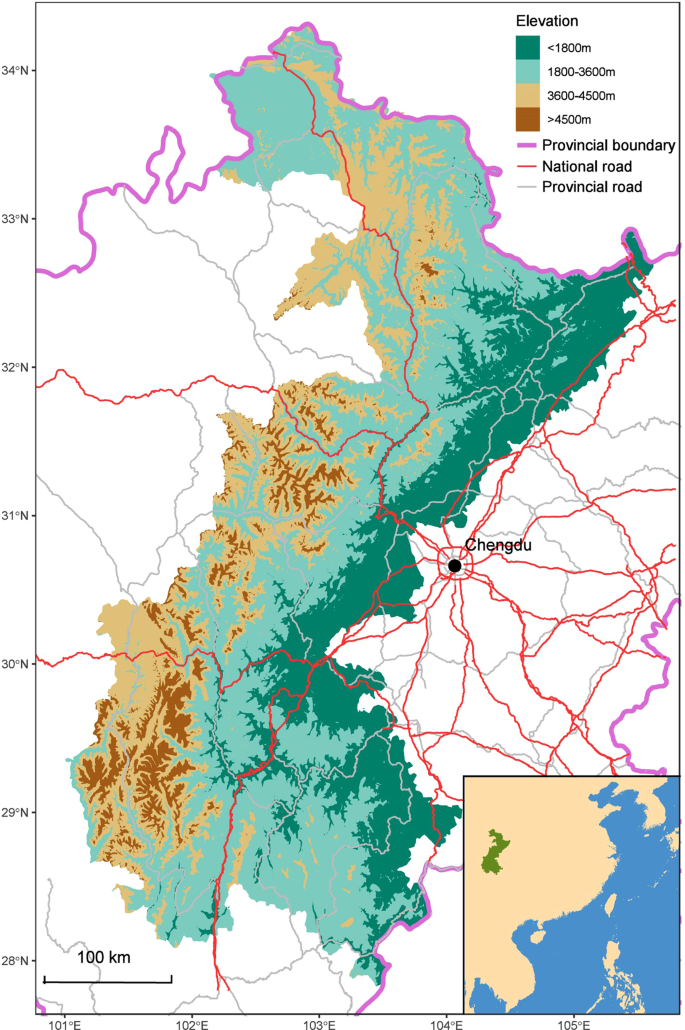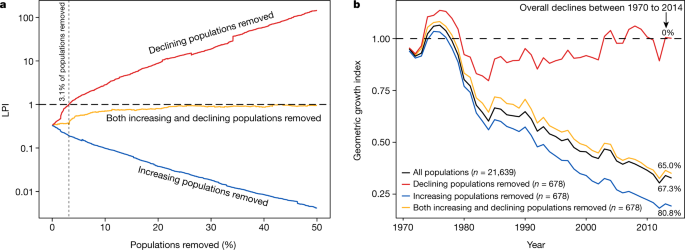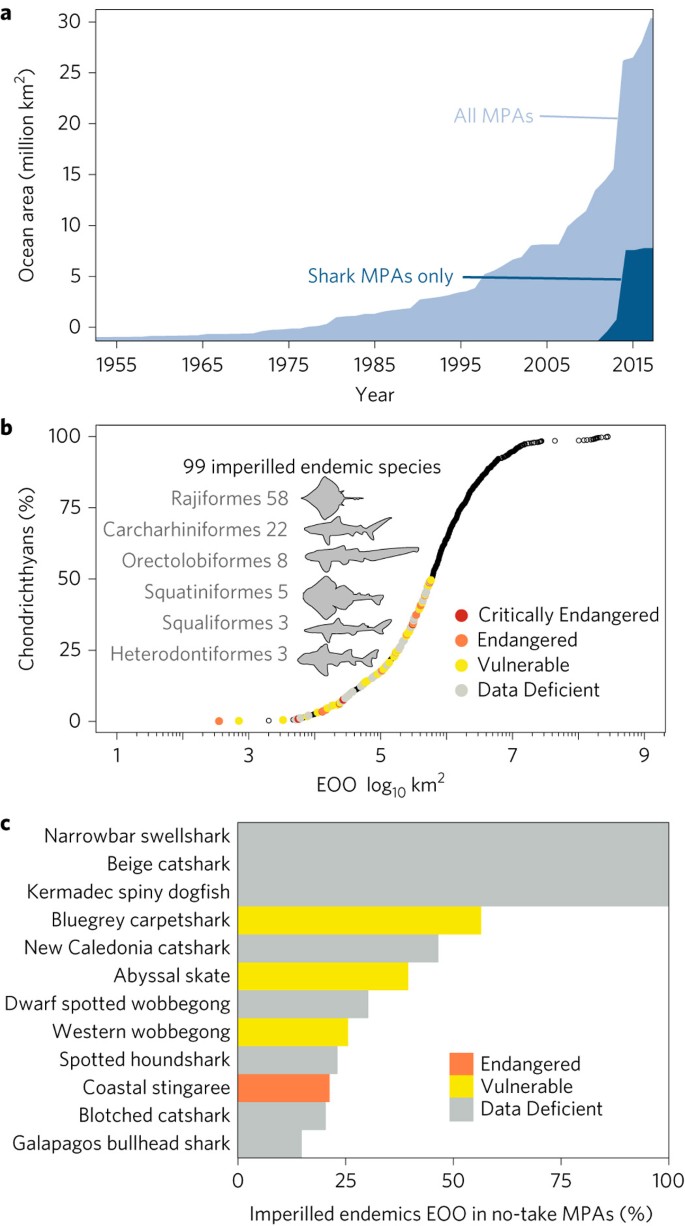
Abstract: "One goal of global marine protected areas (MPAs) is to ensure they
represent a breadth of taxonomic biodiversity. Ensuring representation
of species in MPAs, however, would require protecting vast areas of the
global oceans and does not explicitly prioritize species of conservation
concern. When threatened species are considered, a recent study found
that only a small fraction of their geographic ranges are within the
global MPA network. Which global marine areas, and what conservation
actions beyond MPAs could be prioritized to prevent marine extinctions
(Convention on Biological Diversity Aichi Target 12), remains unknown.
Here, we use systematic conservation planning approaches to prioritize
conservation actions for sharks, rays and chimaeras (class
Chondrichthyes). We use chondrichthyans as they have the highest
proportion of threatened species of any marine class. We find that
expanding the MPA network by 3% in 70 nations would cover half of the
geographic range of 99 imperilled endemic chondrichthyans. Our hotspot
analysis reveals that just 12 nations harbour more than half (53) of the
imperilled endemics. Four of these hotspot nations are within the top
ten chondrichthyan fishing nations in the world, but are yet to
implement basic chondrichthyan fisheries management. Given their
geopolitical realities, conservation action for some countries will
require relief and reorganization to enable sustainable fisheries and
species protection."
Read More: https://www.nature.com/articles/s41559-016-0040
